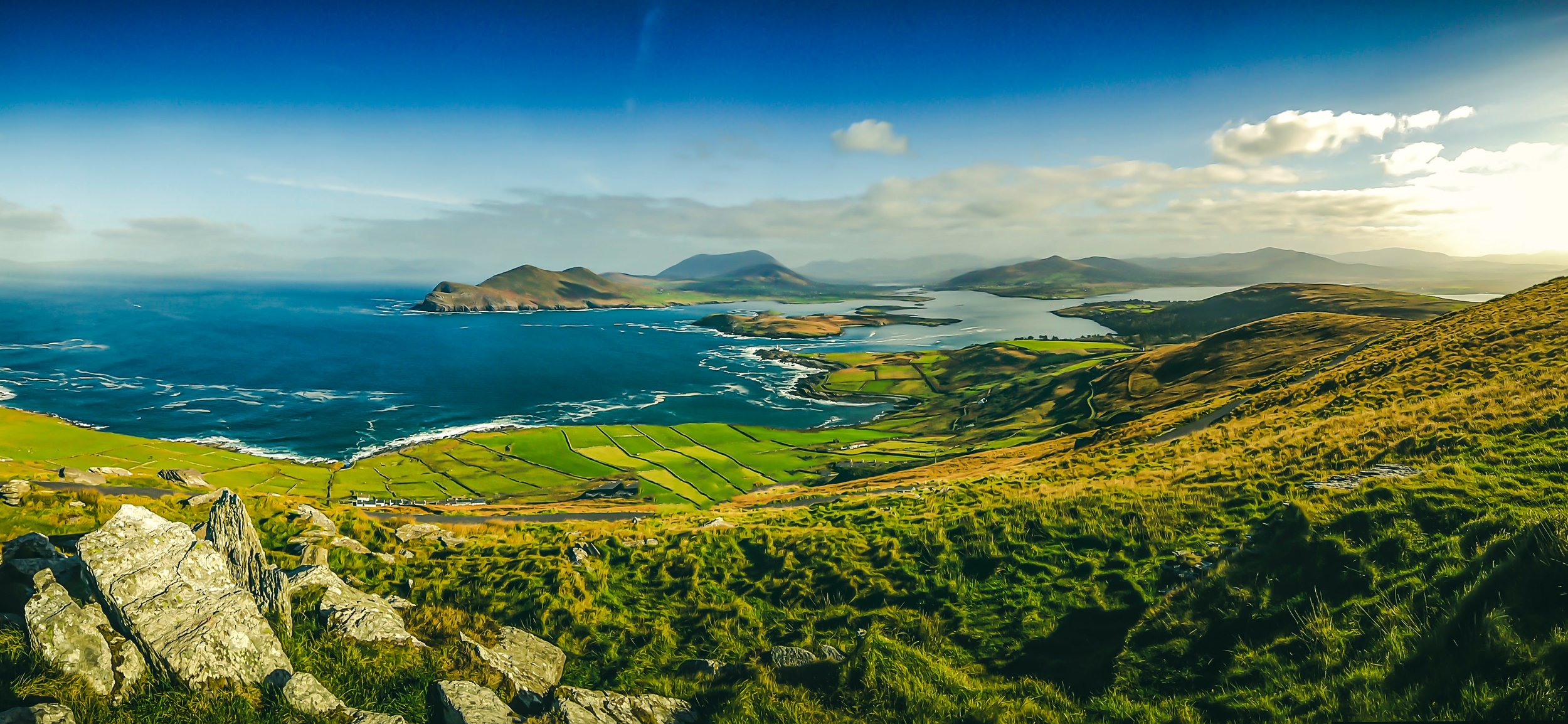
A child in 1st class today will be thinking about starting their own family in 2050. What kind of world will they live in?
We have 30,000 children in National and Secondary School today in Kerry. They are our sons, and daughters, nieces and nephews, grandchildren and neighbors and they will experience unprecedented climate change in their lives.
We hope they will be optimistic, inventive, hardworking and generous as they navigate this challenging environment. One concrete way for us to help is to come together as their community and show our young people that positive and sustainable change is possible here in their local area once we unite and work together.
Kerry solar schools
Kerry has 133 National Schools and 26 Secondary Schools. Some buildings are brand new, others date from the 1800’s. School boards and management teams juggle multiple competing calls for time and investment.
Electricity costs and the impact our energy consumption has on the environment have become more and more a cause for concern in our schools.
Brighter aims to support our young people and our schools by helping reduce costs and the associated greenhouse gas emissions for the schools electricity. We also aim to show we can source the associated technology ethically and that we can fund the effort locally. Lastly we’ll provide custom lesson plans and curriculum to inform and engage the students.
Frequently Asked Questions
How much will this cost the school?
The upfront cost to the school is zero. The Brighter Kerry Co-Op buys the panels, manages and pays for the installation on a suitable school roof and takes care of all ongoing maintenance. The school keeps any money received for selling power back to the grid and pays the Co-Op a reduced rate for each unit of electricity it uses from the solar panels. The reduced rate for the electricity is set each year and aims to be 10% less than what the school pays for its electricity from the grid. After 20 years (or sooner if possible) the Co-Op will transfer the ownership of the solar array over to school.
How does the Co-Op fund this?
The Co-Op raises funds from local investors who are interested in seeing their money doing good while earning a fair return. We aim to deliver a 3% ARR to our investors over 20 years.
How much solar power will a school need?
Figuring out the right size solar array will be different for each individual school. Our goal will be to try to have the school directly consume as much of the power generated as possible itself. Changes in legislation mean it is possible to sell back unused power to the power supplier, but the price paid is typically about half of what is charged for power taken from the grid. In addition a power company is only obligated to buy back 20% of the energy generated.
National Schools are often used from 8am to 3pm 10 months a year. Secondary Schools have longer hours with the buildings active from 8am to 6 or 7pm, but have longer summer holidays.
Based on what we see working in the UK we expect solar arrays of 30 to 50kWp on schools are about the right size and can deliver approximately 30% of the schools electricity needs.
Why Solar ?
We’ve focused on solar panels for schools, because they are very robust and low maintenance. Also planning permission requirements changed in Nov 2022 and planning is no longer needed for large solar arrays on roofs. The panels themselves should have a useful life of 30 years plus. We will maintain a contingency fund to allow for repairs or replacements on any of the other equipment.
Does the government fund solar panels for schools?
The government has recently announced that the “Summer Works” program will 100% fund up to 6kW of solar panels for schools. Historically the Summer Works program has been competitive and hard for schools to predict both in terms of how much is allocated and when. Also much of the project management work then falls onto the schools themselves. Specific details of this scheme remain hard to pin down but Brighter will work with the relevant groups to make sure Kerry Solar Schools is additive to anything the state funds.
